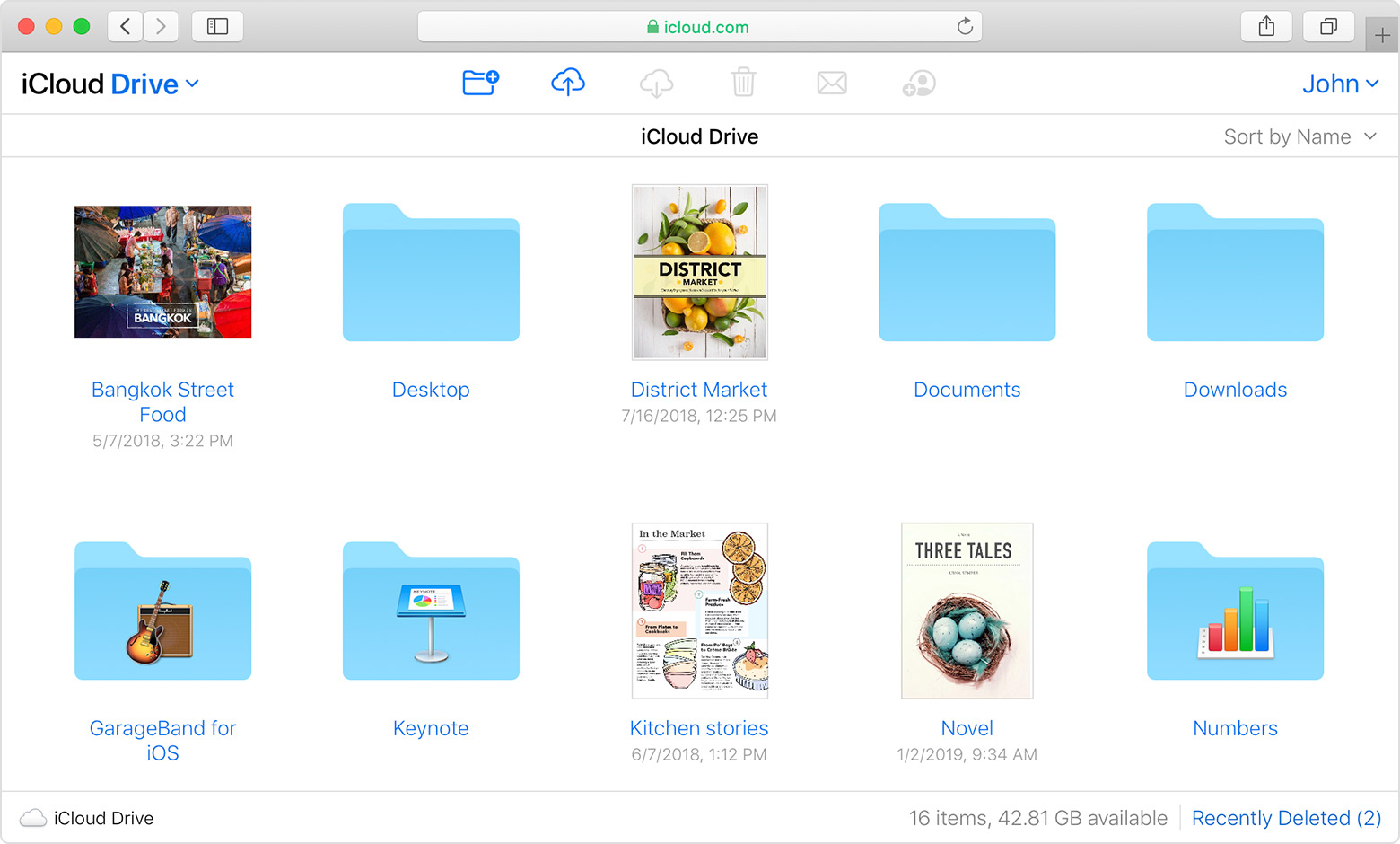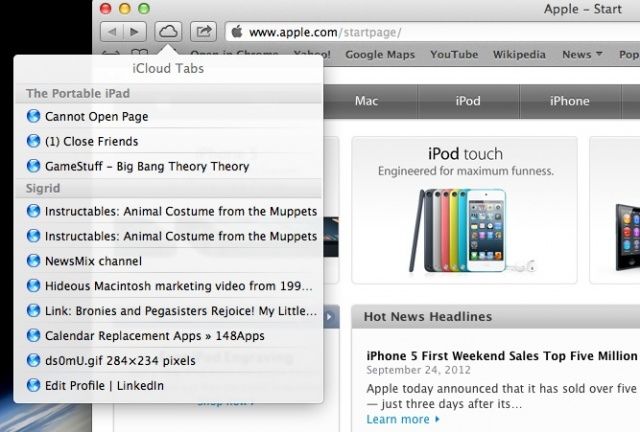ICloud Extractor can be installed on Mac OS X 10.6 or later. This Mac download was checked by our antivirus and was rated as clean. Commonly, this application's installer has the following filename: icloudextractor.dmg. 1 Download Mac OS X Snow Leopard. Mac OS X Snow Leopard (version 10.6) is the seventh major. Download QuicKey. Mac veterans all know how great Startly’s QuicKeys was for Mac OS X, and QuicKey for Chrome is a little piece of that nostalgia. You’ll get an application switcher, real-time.
Before you begin
- Update your iPhone, iPad, or iPod touch to the latest iOS or iPadOS, and your Mac to the latest macOS.
- Set up iCloud on all of your devices.
- Make sure that you’re signed in to iCloud with the same Apple ID on all of your devices.
- If you have a Windows PC, update to Windows 7 or later and download iCloud for Windows.
If you have a device that can't update to the latest iOS or macOS, see the minimum system requirements to use iCloud Drive.
Get started
Set up iCloud Drive everywhere that you want to access and edit your files.
On your iPhone, iPad, and iPod touch
- Go to Settings > [your name].
- Tap iCloud.
- Turn on iCloud Drive.
You can find your iCloud Drive files in the Files app.
If you're using iOS 10 or iOS 9, tap Settings > iCloud > iCloud Drive. Turn on iCloud Drive, and tap Show on Home Screen. Then you'll find your files in the iCloud Drive app.
On your Mac
- Go to Apple menu > System Preferences, then click Apple ID. If you’re using macOS Mojave or earlier, you don’t need to click Apple ID.
- Select iCloud.
- Sign in with your Apple ID, if you need to.
- Select iCloud Drive.
If you want to add the files from your Mac Desktop and Documents folder to iCloud Drive, update your Mac to macOS Sierra or later then turn on Desktop and Documents. On your Mac, you can find the files on your Desktop and in your Documents folder in Finder under iCloud. If you add a second Mac Desktop, the files from your second Mac won't automatically merge with the files on your first Mac. Go to your Desktop and Documents folders in iCloud Drive, then look for a folder with the same name as your second Mac.
On iCloud.com

- Sign in to iCloud.com.
- Select Pages, Numbers, or Keynote.
- Click Upgrade to iCloud Drive, if you are asked to upgrade.
On your Windows PC
After you set up iCloud Drive on your iPhone, iPad, iPod touch, or Mac, you can set it up on your Windows PC.
Download Icloud Photos To Mac

- Go to Start, open Apps or Programs, and open iCloud for Windows.
- Enter your Apple ID to sign in to iCloud.
- Select iCloud Drive, then click Apply.

Download Icloud For Windows
What's next
After you set up iCloud Drive, any documents that you've already stored in iCloud are automatically moved to iCloud Drive. Your iPhone, iPad, and iPod touch keep your files in the Files app in addition to the Pages, Numbers, and Keynote apps. If you don't see your files in these apps, they might be on a device that doesn't have iCloud Drive turned on.
Download Icloud From Apple
Learn more about using iCloud Drive.
Recently, my MacBook Pro, running Mac OS X Mojave, got into a state in which the Finder wasn’t uploading or download files to and from iCloud Drive. Since I couldn’t find any solution to this through Googling, I wanted to document how I solved the problem for others who may be experiencing the same.
Monosnap download for mac. I think, but can’t be sure, that the problem was related to allowing GitHub Desktop to store my repositories in the “Documents” folder, which is synchronized with iCloud Drive.
One of my repositories had literally tens of thousands of files, and even though I had deleted it long ago on my Mac, I discovered through troubleshooting that it was still present in iCloud Drive, when accessed via the web.
To solve the problem, after moving my GitHub folder outside of Documents, I then backed up all the files in Desktop and Documents on my Mac that I need, and disabled “iCloud Drive” in the iCloud area of the system preferences, and instructed the Mac to delete all the local files.
I then went into iCloud Drive via the website, and started deleting everything from there.
Step one was selecting my repo folder in Documents, and deleting it.
Step two was going into “Recently Deleted”, and then purging the folder from there.
But this turned out to be very confusing, because although the purging of the repo folder appears immediate in the browser UI, it’s actually a very long process that’s happening—in the browser! While that’s going on (with no UI feedback) other files and folders in “Recently Deleted” area appear grayed out. You can select them, but you can’t delete them.
Download Icloud For Windows App
After a while of frustration, an error message popped up saying certain files in my repo folder couldn’t be deleted, at which point the folder re-appeared in the “Recently Deleted” area. Ultimately, I had to go into the folder, and delete its contents in small batches. Once that whole folder was deleted, the grayed out files and folder then lit up, and could be deleted themselves.
So the fact that deletions are getting processed one by one in the browser, but there’s no UI to indicate that, can cause terrible confusion when trying to perform the kind of mass cleanup that I was doing.
In the end, when everything was finally deleted and purged, I re-enabled iCloud Drive on the Mac, and everything returned to normal.
